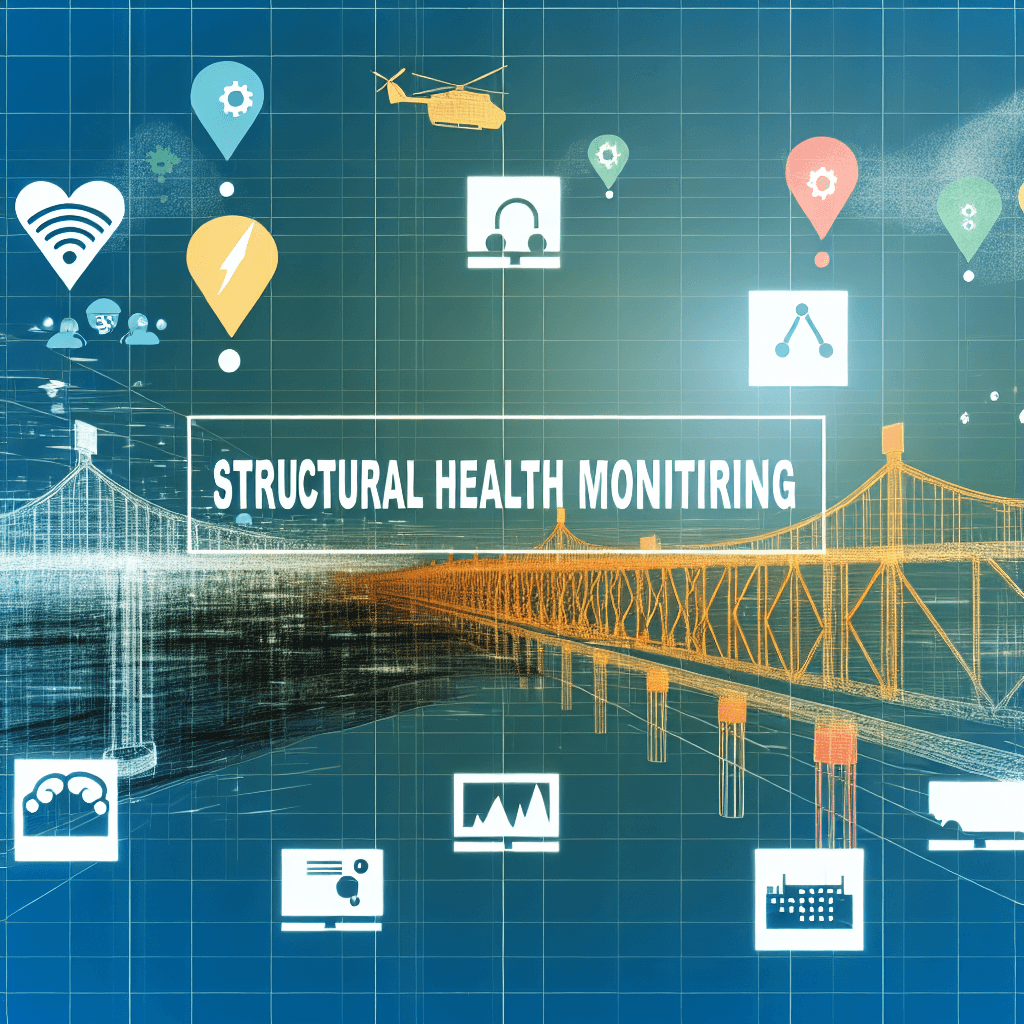Explore the Structural Health Monitoring Market trends, growth drivers, and global forecasts, enhancing safety and infrastructure management.
Structural Health Monitoring Market

Table of Contents
- Exploring the Structural Health Monitoring Market: Trends, Technologies, and Future Outlook
- Understanding Structural Health Monitoring
- Market Overview
- Key Technologies in Structural Health Monitoring
- Applications of Structural Health Monitoring
- Case Studies and Examples
- Challenges and Future Directions
- Conclusion
Exploring the Structural Health Monitoring Market: Trends, Technologies, and Future Outlook

The importance of structural health monitoring (SHM) has escalated in recent years due to the increasing number of infrastructure projects across the globe and the need to maintain them safely. SHM systems are crucial for the early detection of damage in structures, which helps in preventing disasters, reducing maintenance costs, and extending the lifespan of structures. This article delves into the current trends, key technologies, and future prospects of the structural health monitoring market, providing a comprehensive overview for stakeholders in the construction, transportation, and public safety sectors.
Understanding Structural Health Monitoring
Structural health monitoring refers to the process of implementing a damage detection and characterization strategy for engineering structures. The aim is to monitor the health of the structure in a way that ensures its safe and economic operation. SHM systems use an array of sensors and data collecting devices to provide real-time data, which is analyzed to detect any potential issues.
Market Overview
The global structural health monitoring market has seen significant growth over the past decade. According to a report by MarketsandMarkets, the SHM market is projected to grow from USD 1.5 billion in 2020 to USD 2.7 billion by 2025, at a Compound Annual Growth Rate (CAGR) of 14.9% during the forecast period. This growth is driven by the increasing number of infrastructure projects, advancements in sensor technology, and the rising awareness about the benefits of predictive maintenance.
Key Technologies in Structural Health Monitoring
Several technologies are pivotal in the functioning of SHM systems:
- Sensors: Various types of sensors, including accelerometers, strain gauges, and displacement sensors, are used to collect data about the physical properties of a structure.
- Wireless Communication: Wireless sensor networks are increasingly being used in SHM to provide a cost-effective and scalable solution for data collection and transmission.
- Data Analytics: Advanced data analytics and machine learning algorithms are employed to analyze the sensor data and detect anomalies that may indicate damage.
- Visualization Tools: These tools help in interpreting the data collected from sensors, making it easier for engineers to make informed decisions.
Applications of Structural Health Monitoring
SHM systems find applications in various sectors:
- Buildings and Civil Infrastructure: SHM is used in buildings, bridges, dams, and other civil infrastructure to detect damage and ensure safety.
- Energy: In the energy sector, SHM systems are crucial for monitoring the structural integrity of wind turbines, nuclear reactors, and other energy infrastructure.
- Aerospace: Aircraft and spacecraft also benefit from SHM for the continuous monitoring of structural health during their operation.
- Automotive: The automotive industry uses SHM for testing and monitoring the structural integrity of vehicles during design and testing phases.
Case Studies and Examples
Several successful implementations of SHM systems illustrate their benefits:
- The Golden Gate Bridge, USA: SHM systems have been installed to monitor the structural integrity of this iconic bridge, providing data that helps in maintaining its safety and longevity.
- The Millau Viaduct, France: One of the tallest bridges in the world uses SHM to ensure that it remains safe under various environmental conditions.
- Wind Turbines in Europe: SHM systems are widely used in wind turbines to predict failures and plan maintenance, thereby optimizing their operation and extending their service life.
Challenges and Future Directions
Despite its many benefits, the adoption of SHM systems faces several challenges:
- High Initial Costs: The initial installation cost of SHM systems can be high, deterring their adoption, especially in developing countries.
- Data Management: The vast amount of data generated by SHM systems requires sophisticated management and analysis tools, which can be a barrier for some organizations.
- Lack of Standardization: There is a need for more standardized protocols and benchmarks in the SHM industry to ensure compatibility and interoperability between different systems and components.
Looking ahead, the future of the SHM market appears promising with the integration of Internet of Things (IoT) technologies and artificial intelligence (AI). These technologies are expected to drive the next wave of innovations in SHM, making systems more intelligent, autonomous, and efficient.
Conclusion
The structural health monitoring market is poised for significant growth, driven by technological advancements and increasing demand from various sectors. As the world continues to develop and maintain its infrastructure, the role of SHM systems in ensuring safety and sustainability cannot be overstated. With ongoing research and technological improvements, the SHM systems of tomorrow will likely be more robust, cost-effective, and widely adopted, heralding a new era of smart infrastructure management.
In conclusion, embracing SHM technologies not only enhances the safety and longevity of structures but also offers economic benefits by optimizing maintenance schedules and preventing unforeseen failures. Stakeholders in the construction and infrastructure sectors are encouraged to invest in these technologies to reap the benefits of a safer, more efficient operational environment.








